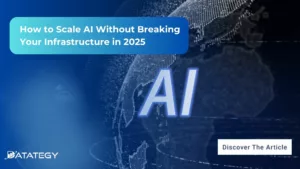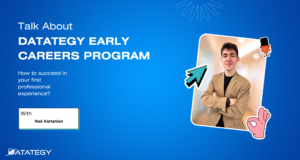Why AIOps Is Key to Cyber Threat Detection in Defense?...
Read MoreOptimizing Power: AI Use Cases and Best Practices in Energy
Table of Contents
ToggleIn a world where energy is vital for everyone, AI systems have emerged as a disruptive revolution for oil & gas and renewables companies. According to the latest research, 55% of energy companies have already adopted AI, and more than two-thirds of respondents say their companies plan to increase their investment in AI over the next three years.
Find out how papAI can improve the deployment of AI projects in the Energy industry here.
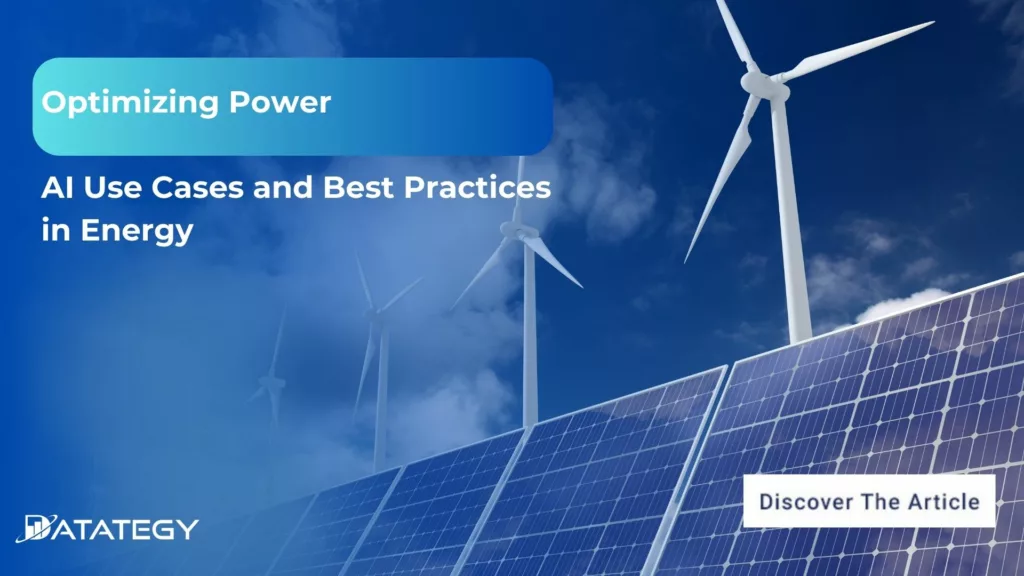
In this article, we’ll see an overview of the use of AI in the energy sector, exploring the challenges and benefits for businesses and professionals.
Overview of the Artificial Intelligence Market for Energy and Utilities
The energy and utilities artificial intelligence market is expected to develop at an annualized growth rate (CAGR) of 32.75% from 2023 to 2026, reaching a value of $4.5 billion. The market is driven by the lack of an information grid in power generation and the quick need for electricity. The development of intelligent machines that function and behave like humans is highlighted by artificial intelligence (AI), a branch of computer science. The production and distribution of energy, including the production of power and gas, is handled by the energy and utility industry. The energy and utility sectors are seeing a sharp shift in price collision and energy-storing technologies as a result of technological advancements.
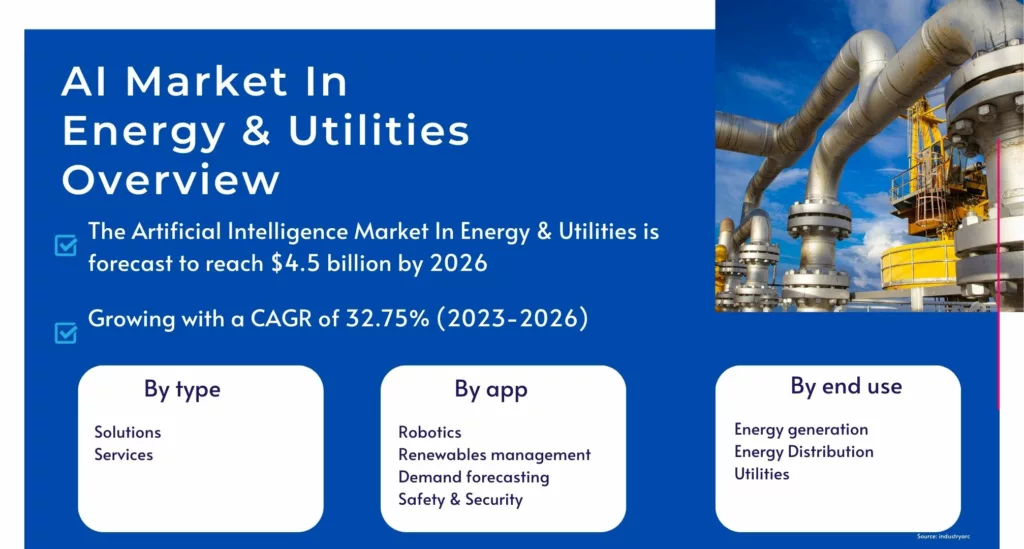
Due to the region’s growing acceptance of technological improvements, North America holds a 42.1% market share in the artificial intelligence market for energy and utilities. APAC, however, is probably going to develop at the fastest rate over the projection period. Brazil and the United States produce a wide spectrum of energy, which is what is driving artificial intelligence in the energy and utilities market. Among the most important applications in the area are demand forecasting and robotics.
AI Challenges in the Energy Sector
Several issues are now at the forefront when it comes to artificial intelligence (AI) applications in the energy industry, with security, privacy, and scalability being the three main areas of concern.
Cybersecurity Risks: The probability of cyberattacks rises with the increased connectivity and integration of AI systems into the energy infrastructure. Malicious actors might interrupt vital energy operations by taking advantage of flaws in AI algorithms or manipulating data inputs. Strong cybersecurity defenses are essential to fending off these ever-changing attacks.
Interoperability Challenges: Scalability involves more than just managing massive data sets; it also involves ensuring that AI systems are compatible with current technology. For AI implementation to be effective and scalable, it presents obstacles to achieving seamless integration across many energy platforms, sensors, and devices. These problems must be solved.
Protection of Personal Data: When AI is used, a lot of personal data is collected and analyzed. This data can include employee information and patterns of energy consumption by consumers. It can be difficult to strike a compromise between protecting people’s right to privacy and using this data for optimization. To solve this risk, it is imperative to implement privacy-preserving AI approaches and comply with strict data protection standards.
AI Use Cases
1- Predictive Maintenance for Energy Infrastructure
Predictive maintenance in energy infrastructure is one of the key areas where artificial intelligence is being applied in the ever-changing energy sector. According to a study by McKinsey & Company. AI-powered predictive maintenance can reduce unplanned downtime by up to 40%. This entails using sophisticated algorithms to anticipate possible problems and plan maintenance tasks before equipment malfunctions. Here, the difficulty is striking a delicate balance between reducing needless maintenance expenses and optimizing operational uptime. AI in predictive maintenance examines data from several sensors that are integrated into energy equipment, both in the past and in the present.
Proactive intervention is made possible by the technology’s ability to forecast when individual components are likely to fail by analyzing trends and abnormalities. Because maintenance is focused exactly where it is required, this not only minimizes the chance of unscheduled downtime but also maximizes resource usage.
The implementation of predictive maintenance aligns with the broader goals of the energy industry, promoting efficiency, sustainability, and cost-effectiveness
From Data to Action: How AI is Transforming the Energy Industry
The integration of AI and ML technologies in the energy industry has the potential to revolutionize the way we produce, distribute, and consume energy. By leveraging advanced algorithms and data analytics, AI and ML can improve the efficiency, safety, and sustainability of energy systems. Find out more in this white paper.
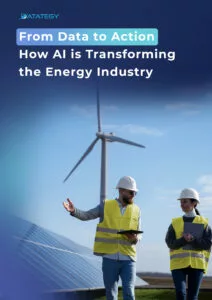
2- Demand Forecasting and Load Balancing
Demand forecasting and load balancing stand out as critical areas in the complex energy sector where artificial intelligence (AI) may have a revolutionary impact. Demand forecasting is the process of projecting future energy requirements using available historical data, meteorological trends, and other pertinent information. Large-scale dataset analysis, pattern recognition, and precise prediction are among the many strengths of AI systems. This capacity is crucial for energy suppliers because it helps them predict times of peak demand and distribute resources more effectively.
By balancing the supply and demand of power in real-time, load balancing, on the other hand, guarantees the stability of the energy system. AI-driven load balancing algorithms monitor the grid’s health continually, taking into account factors like variations in consumer demand, the entry of renewable energy, and any disturbances.
This dynamic modification reduces the possibility of blackouts, avoids overloads, and optimizes the distribution of energy. Notwithstanding its evident advantages, there are still issues to be resolved, such as the requirement for accurate real-time data, integration with a variety of energy sources, and handling possible cybersecurity risks.
3- Grid Optimization and Smart Distribution
Artificial intelligence (AI) is transforming the traditional energy infrastructure, with grid optimization and smart distribution emerging as key components.AI can improve grid reliability by up to 20%, according to a report by the International Energy Agency (IEA).
Utilizing AI algorithms, grid optimization aims to improve the sustainability, dependability, and efficiency of electricity distribution networks. To optimize the flow of power, these algorithms examine enormous volumes of data from sensors, smart meters, and other sources.
Grid optimization guarantees that electricity is routed efficiently, minimizing losses and lessening the environmental impact by forecasting demand patterns, spotting any problems, and dynamically rerouting energy. Smart distribution, which is closely related to grid optimization, entails the use of cutting-edge technology such as IoT devices and smart grids.
4- Optimizing Extraction Process
Artificial intelligence (AI) is showing promise as a game-changer for efficiency and sustainability, and optimizing these processes has become a top priority.
Complex processes and several variables are involved in the extraction process, regardless of the resource extraction industry—mining, oil and gas, or another. Through its machine learning and sophisticated analytics capabilities, AI is essential to the optimization of various processes.
Large datasets including geological surveys, equipment performance measurements, and environmental elements may be analysed by algorithms to find trends and connections.
Predictive modeling is made possible by this knowledge, which aids operators in foreseeing any bottlenecks, equipment breakdowns, or environmental effects. Furthermore, AI-driven optimization makes it possible to modify extraction parameters in real-time, guaranteeing that operations continue to be flexible and sensitive to shifting circumstances.
Build your Own Bespoke AI platform using papAI
Simplify the processes of collecting, preparing, and visualizing data using papAI to accelerate the deployment of AI applications in the energy sector. In order to ensure stakeholder satisfaction, our committed team of specialists is ready to work with you to create a customized AI solution that combines well with your business goals. Plan your demo immediately and take advantage of this chance to transform the way you approach AI in the energy industry.
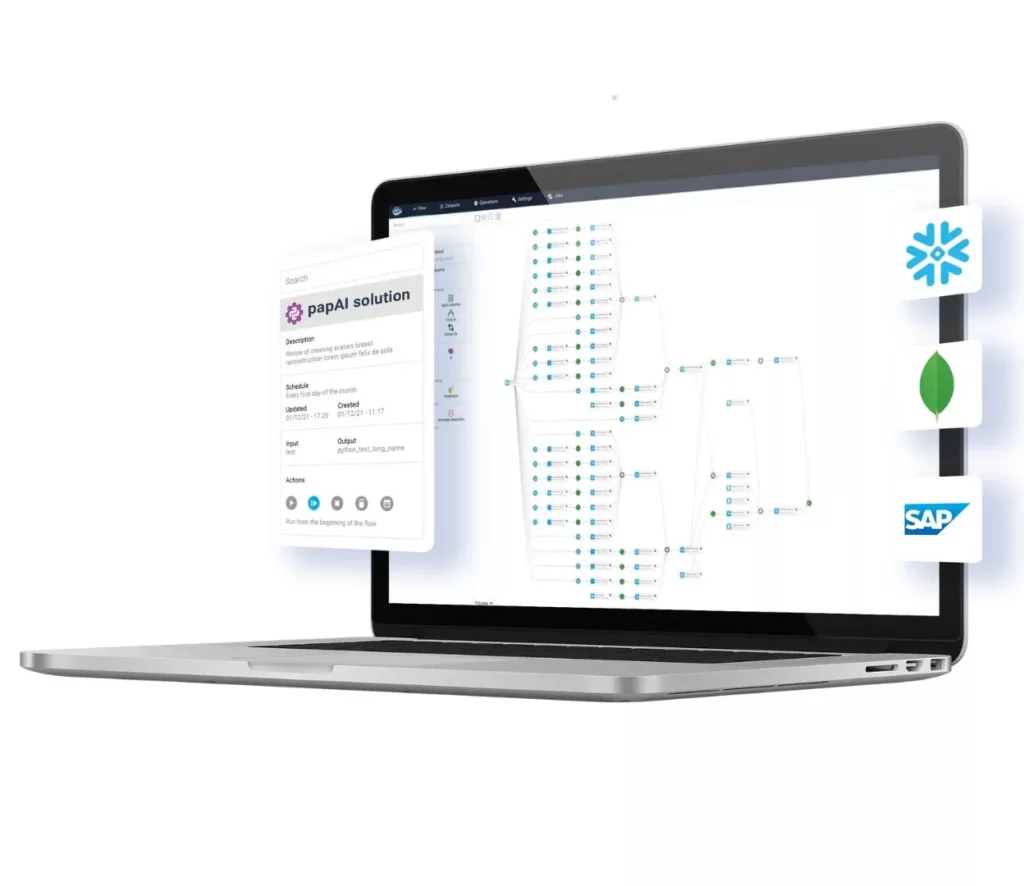
Interested in discovering papAI
Our team of AI experts will be happy to answer any questions you may have
How AI Transforms Predictive Maintenance in Defense Equipment
How AI Transforms Predictive Maintenance in Defense Equipment In a...
Read MoreHow to Scale AI Without Breaking Your Infrastructure in 2025
How to Scale AI Without Breaking Your Infrastructure in 2025...
Read More“DATATEGY EARLY CAREERS PROGRAM” With Noé Vartanian
“DATATEGY EARLY CAREERS PROGRAM” With Noé Vartanian Hello all, my...
Read More

